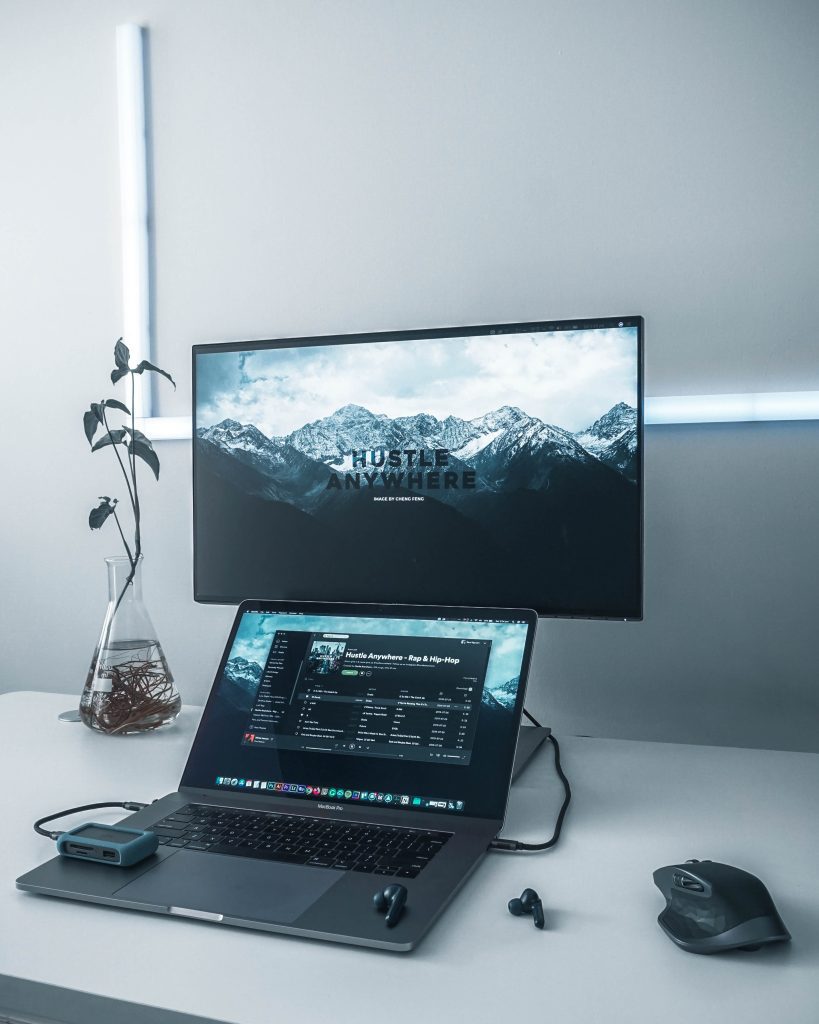As technology evolves, users access information and interact with digital products through various devices and platforms. With this in mind, designers must consider each platform’s specific characteristics and constraints when creating practical, intuitive, and engaging user interfaces. This article will explore the key considerations for designing UI/UX for web, mobile, and desktop platforms.
Web Design
Web design refers to designing and developing websites accessed through a web browser. When planning for the web, there are several vital considerations that designers need to keep in mind:
- Responsive Design: With increasing number of users accessing websites on mobile devices, it’s essential to create responsive designs that adapt to different screen sizes and resolutions. Responsive design ensures that users have a consistent and optimal experience, regardless of their device.
- Navigation: Effective navigation is crucial for web design, allowing users to quickly and easily find the necessary information. When designing navigation, designers need to consider the hierarchy of information, the number of pages on the website, and the ease of use for the user.
- Load Times: Users expect websites to load quickly, and slow load times can lead to high bounce rates and a negative user experience. Designers must optimize images, code, and other assets to ensure fast load times and a seamless user experience.
- Accessibility: Web design must be accessible to users with disabilities, such as visual or motor disabilities. Designers must ensure that websites comply with accessibility standards and are easily navigable using assistive technology.
Mobile Design
Mobile design refers to the design and development of mobile applications accessed through a smartphone or tablet. When designing for mobile, designers need to consider the following:
- User Interface: Mobile devices have limited screen space, so designers need to prioritize essential information and features in the user interface. Clear and concise communication is necessary to ensure users can quickly and easily interact with the app.
- Gestures: Mobile devices offer a range of gesture-based interactions, such as swiping, tapping, and pinching. Designers must consider how users interact with the app and design intuitive and natural gesture-based interactions.
- Device Compatibility: With a range of different devices and screen sizes, designers need to ensure that their designs are compatible with various devices. We can achieve this through responsive design or by designing for specific screen sizes.
- Performance: Mobile apps need to perform quickly and efficiently to ensure a positive user experience. Designers need to consider the size of the app, the number of features, and the performance of the app on different devices.
Desktop Design
Desktop design refers to designing and developing applications that can be accessed through a desktop or laptop computer. When preparing for a desktop, designers need to consider the following:
- User Interface: Desktop applications have more screen space than mobile apps, so designers have more room to include additional information and features. However, it’s still essential to prioritize essential details and features in the user interface to ensure that users can quickly and easily interact with the app.
- Navigation: Navigation is crucial for desktop applications with many features and functions. Designers need to consider the information hierarchy and the user’s ease of use.
- Multitasking: Desktop applications allow users to multitask, so designers must consider how users interact with the app while performing other tasks.
- Performance: Desktop applications must perform quickly and efficiently to ensure a positive user experience. Designers need to consider the size of the app, the number of features, and the app’s performance on different devices.
Conclusion
Designers must consider responsive design, navigation, load times, accessibility, gestures, device compatibility, multitasking, and performance when designing web, mobile, and desktop platforms. Each platform has unique challenges and requirements that designers must address to create a positive user experience.
Responsive design is crucial for web and mobile platforms as users access these platforms on different devices with different screen sizes and resolutions. Navigation is essential for all platforms, as users need to find information quickly and easily. In mobile design, designers must consider gesture-based interactions, while in desktop design, multitasking is essential.
Designers must also optimize performance for all platforms, ensuring that applications and websites load quickly and run smoothly. Additionally, accessibility is critical for web design to ensure that users with disabilities can access and use the platform easily.
In conclusion, designing UI/UX for different platforms requires designers to consider several key factors to create an effective, intuitive, and engaging user experience. By understanding each forum’s specific characteristics and constraints, designers can create designs that meet user needs and expectations, resulting in a positive user experience.

